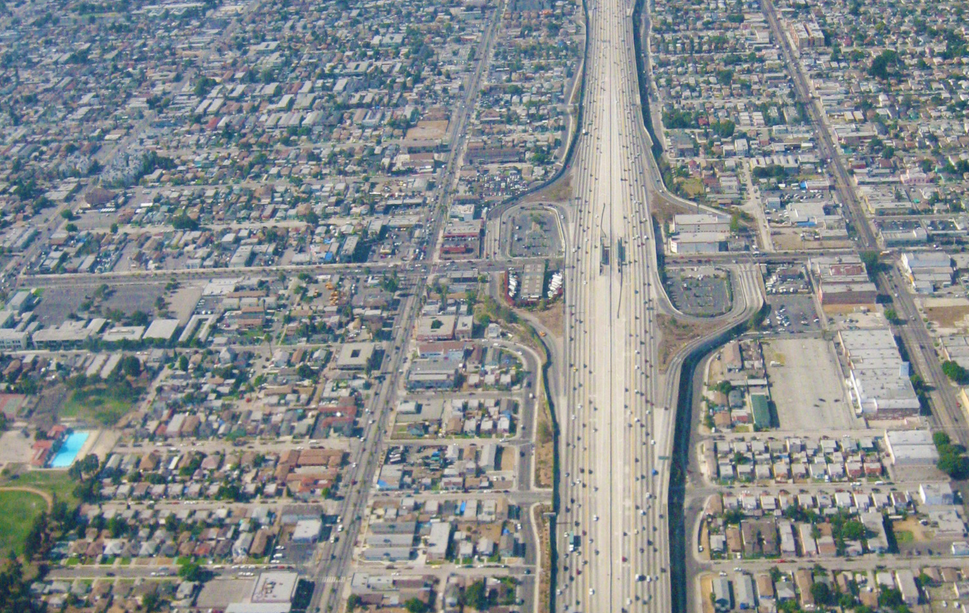
How Car Dependency Exacerbates Social Segregation?
Introduction
Our cities, the epicentres of social, cultural, and economic exchange, paradoxically are the sites of deep-rooted segregation. One key factor contributing to this division is car dependency. Understanding the relationship between car dependency and urban segregation is critical for creating inclusive communities.
Historical Roots of Car Dependency
The rise of car dependency has deep historical roots. Post-war policies and economic incentives led to a surge in suburbanization. Highways, the veins of our cities, were constructed to facilitate suburban living. However, these highways often bisected communities, setting the stage for segregated neighbourhoods, often displacing racialized communities and separating cities by socioeconomic class.
Robert Moses and Jane Jacobs are two influential figures in urban planning whose ideologies starkly contrast each other, particularly in their approach to car dependency and urban segregation. Robert Moses, known as the ‘Master Builder,’ transformed New York City in the mid-20th century. He championed the construction of highways and bridges, often bulldozing through established neighbourhoods, regardless of the social cost. His approach is emblematic of the era’s car-centric urban planning that inadvertently led to social segregation.
On the other hand, Jane Jacobs, an urbanist and activist, vehemently opposed Moses’s approach. In her seminal work, “The Death and Life of Great American Cities,” she criticized the high-speed, car-centric planning Moses and others of his like promoted. She advocated for walkable neighbourhoods, mixed-use zoning, and community-based planning, arguing that such an approach fosters social interaction and inclusion.
Effects of Car Dependency on Communities
Car dependency has far-reaching effects on communities. Those who cannot afford a car are often left isolated with limited access to key resources such as jobs, healthcare, and education. This perpetuates disparities based on race, class, and religion, creating a vicious cycle of inequality.
The stark reality of segregation resulting from car dependency is evident in cities nationwide. Residents living in these divided cities bear the brunt of the negative impacts of car dependency. Their stories are a poignant reminder of the need for equitable transportation systems.
Fortunately, many cities are taking steps to break free from the shackles of car dependency. They are redesigning urban environments to prioritize walkability and public transportation. These initiatives not only reduce car dependency but also promote social integration.
Community Engagement and Grassroots Movements
Addressing car dependency and urban segregation requires strong community engagement. Grassroots movements are crucial in advocating for inclusive and accessible urban environments. Their efforts highlight the power of collective action in driving social change.
Innovation in transportation offers hope for the future. Advancements in electric and autonomous vehicles, shared mobility options, and alternative transportation models could solve car dependency. However, these solutions must be implemented to promote equitable access for all.
Conclusion
Car dependency is a significant contributor to urban segregation. By understanding its impacts and advocating for inclusive urban planning and transportation policies, we can work towards a future where our cities are not divided by highways but connected by inclusive and accessible transportation networks.